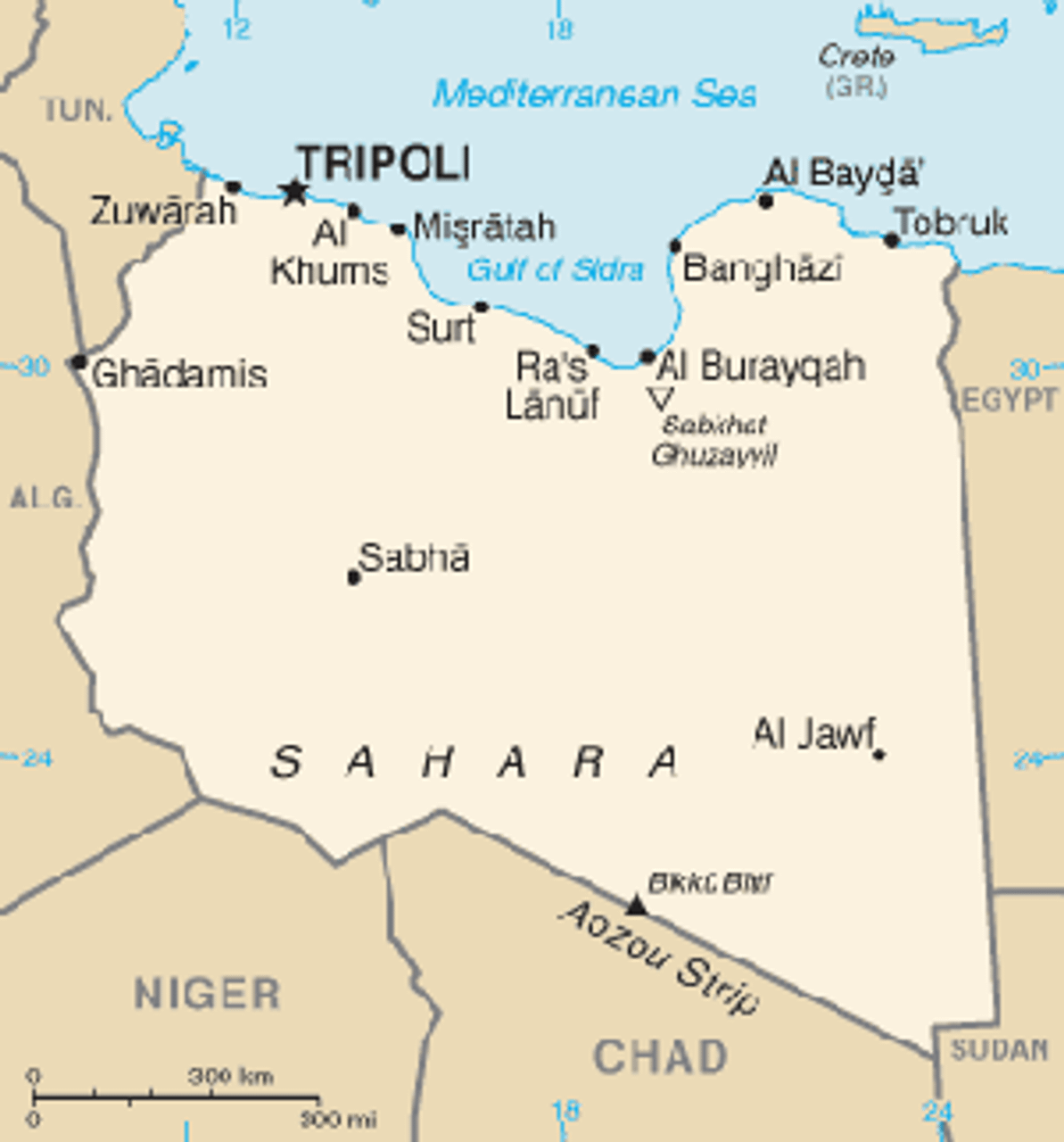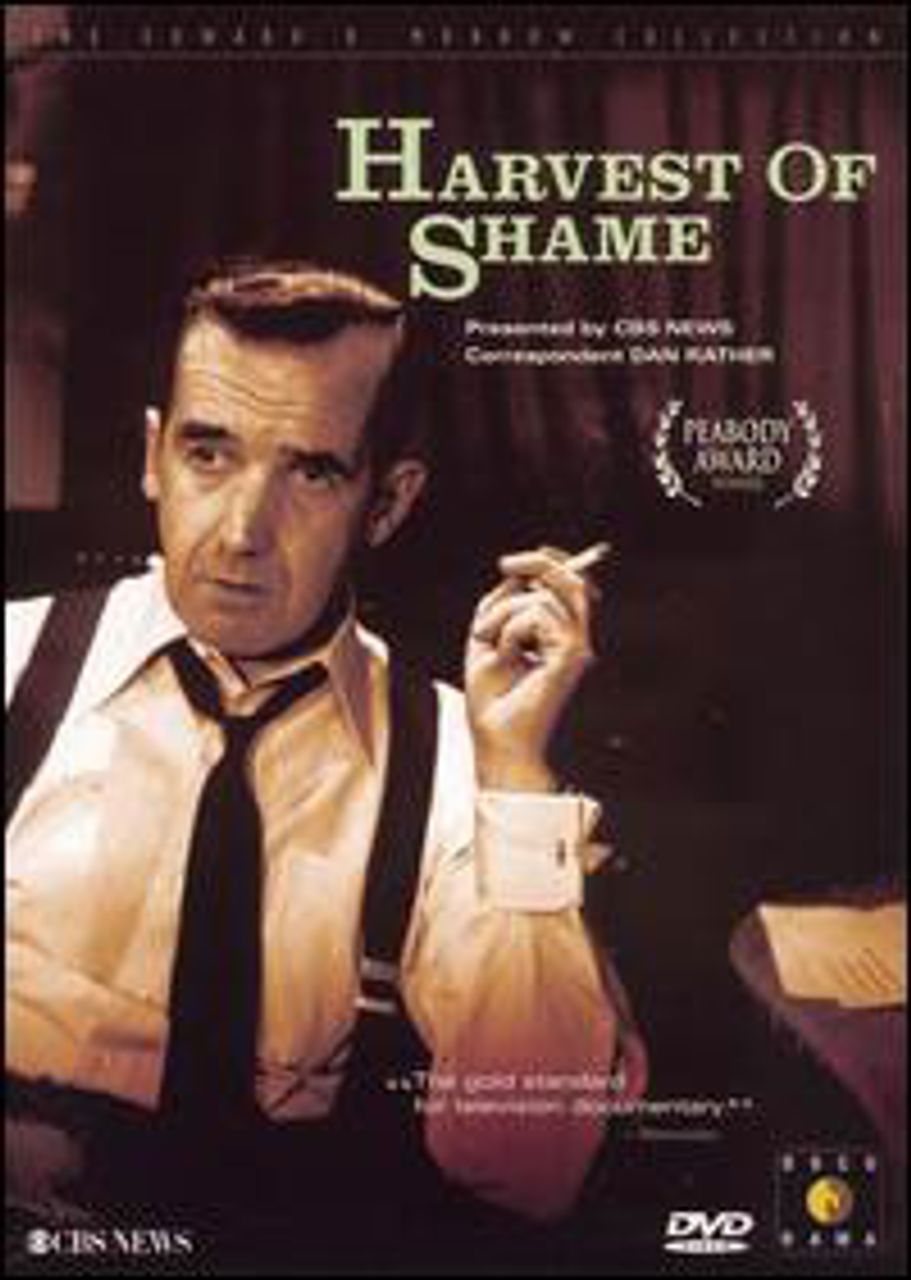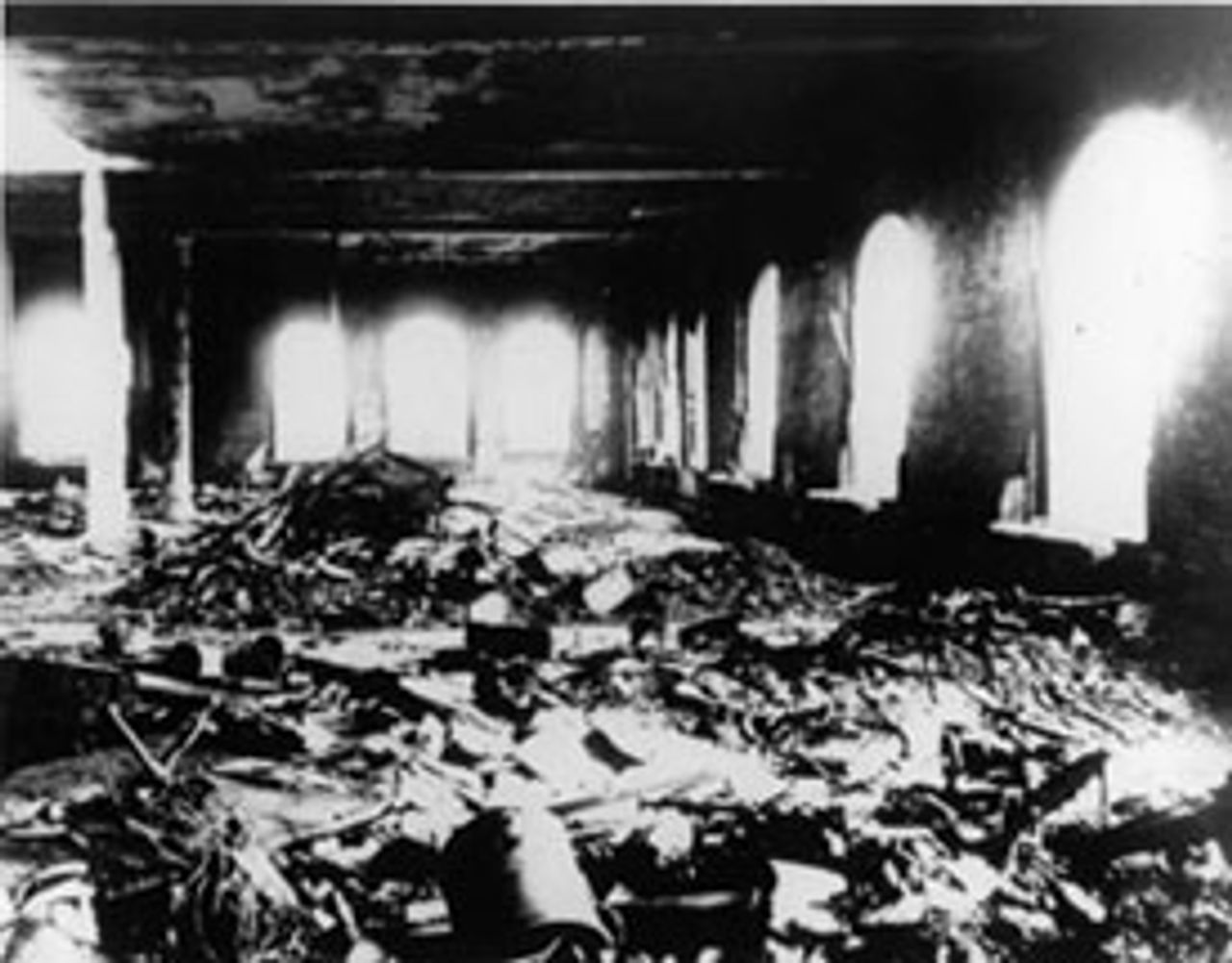This Week in History provides brief synopses of important historical events whose anniversaries fall this week.
25 Years Ago | 50 Years Ago | 75 Years Ago | 100 Years Ago
25 years ago: US provokes “Gulf of Sidra incident” with Libya
 The Reagan administration intensified its efforts to provoke a war with Libya, leading up to the “Gulf of Sidra incident” on March 24, 1986, which resulted in the killing of dozens of Libyan seamen at the hands of the US Navy.
The Reagan administration intensified its efforts to provoke a war with Libya, leading up to the “Gulf of Sidra incident” on March 24, 1986, which resulted in the killing of dozens of Libyan seamen at the hands of the US Navy.
Washington had been threatening Libya with war for several months in retaliation for the Gaddafi regime’s financial support to militant elements in the Palestinian independence movement. These provocations were taken to a new level when the US launched “freedom of navigation” naval exercises in the Gulf of Sidra. Libya claimed the entire Gulf to be territorial waters, as it is surrounded on three sides by Libyan land. The US insisted that international waters ended 12 miles from the Libyan coast.
On March 23, the US brought an armada of vessels close enough to Libya to be visible from the shore. It included six frigates, five cruisers, and three aircraft carriers that comprised a force of 250 jets and bombers and 27,000 sailors, soldiers and airmen. On the 24th, US ships bombarded their ill-equipped Libyan counterparts, which were largely patrol boats. An unknown number of Libyans died in the exchange—at least 35 according to one estimate. The US suffered not a single casualty.
Behind the Reagan administration’s provocation was the drive of US imperialism to reassert its hegemony over the Middle East and North Africa. US control had eroded in the face of growing European economic influence and a handful of nationalist regimes such as that of Gaddafi in Libya, Hussein in Iraq, and Assad in Syria, which attempted to assert a degree of independence by positioning themselves between the US and the Soviet Union.
50 years ago: Murrow seeks to keep “Harvest of Shame” off British airwaves
 Harvest of Shame
Harvest of ShameEdward R. Murrow, the longtime CBS newsman was appointed by President John F. Kennedy to head the United States Information Bureau (USIB) on March 21, 1961. Just one day later, on March 22, he admitted that he had attempted to convince the BBC not to air a documentary that he himself had narrated the previous year on the plight of migrant farm workers in the US, “Harvest of Shame.”
The documentary depicted the severe poverty, abuse, and lack of basic rights that agricultural laborers suffered in the US even in 1960. It came under sharp attack from politicians of both parties in agricultural states, who called the film “malicious slander.” One of these senators, Democrat Spessard Howard of Florida, revealed that Murrow had asked the head of the BBC to block the film’s airing. The request was denied.
Though the State Department initially denied a direct role in the affair, Kennedy’s press secretary, Pierre Salinger, admitted that he had also communicated with CBS President Richard Salant regarding curtailing the film’s distribution. Salant told Salinger that “Harvest of Shame” would not be made available to any other foreign media outlets, and that all further requests for the film would be reviewed on a case-by-case basis.
Murrow and the Kennedy administration claimed that their intervention was based on fears that Murrow’s new capacity as head of the USIB (essentially a propaganda wing of American imperialism) might confuse audiences. In fact, as was freely acknowledged in the media, the White House was fearful that the documentary would be a blow to the prestige of the US, which was presenting itself to the world as the zenith of democracy and prosperity.
The British public was indeed shocked by what the film revealed. The Daily Mail’s television reviewer, Peter Black, called the documentary “startling.” “It’s all very curious,” he wrote. “After all, America was built on the idea of equality of opportunity. How can it tolerate this pitiful anomaly? The explanation that makes the most sense is that the Americans cannot take the first step toward acknowledging that this equality of opportunity is a myth.”
75 years ago: Soviet secret police chief calls for banishment of Trotskyists
 Genrikh Iagoda
Genrikh IagodaGenrikh Iagoda, head of the Soviet secret police, the NKVD, submitted a memorandum to Joseph Stalin on March 25, 1936 advocating that “all Trotskyists” be rounded up and sent to “remote camps.” His proposal was accepted by the Soviet Politburo just under two months later, on May 20, and lead to a sharp escalation of the campaign of terror directed at supporters of Trotsky in the Soviet Union. Historians believe that Iagoda was intent on demonstrating his vigilance in the fight against Trotskyism to Stalin, who believed that Iagoda was not zealous enough in proving the existence of a Trotskyist conspiracy.
On the same day that Iagoda submitted his proposal to Stalin for dramatically stepping up state repression, Trotsky wrote a comment entitled, “Stalin Plans Wholesale Persecution.” It was published on May 16 in the New Militant. In it, Trotsky warns that a March 15 article published in Pravda, “On Bolshevik Vigilance,” was intended to encourage the meting out of the harshest possible treatment to political opponents of the regime.
“On the surface the order seems to be intended as a check upon the excessive zeal of local organizations, who are depriving all the expelled [party members] of work…Ruthlessness is recommended only with regard to the political opponent. A docile grafter is not an enemy. The mortal enemy is the honest Oppositionist, who must be deprived of work of every kind. The only employer in the USSR is the bureaucracy. Stalin’s order implies in practice the doom of tens of thousands of Oppositionists to the tortures of unemployment and homelessness, even when they are exiled.”
100 years ago: Triangle fire kills 146 in New York City
 Tenth floor of Asch building after Triangle fire
Tenth floor of Asch building after Triangle fire On March 25, a fire broke out in the Triangle Shirtwaist factory, which was located on the eight, ninth, and tenth, and eleventh floors of the Asch building in the Greenwich Village neighborhood of New York City. Before the blaze could be brought under control 146 garment workers died, most of them Jewish and Italian girls and young women.
The disaster, one of the worst in the history of US industry, illustrated in the most horrific fashion the brutality of American capitalism. The women, whose wages were not enough to support a family and were typically handed over to parents, worked in appalling conditions. Their workplace was littered with the flammable cotton refuse used to make shirtwaists (women’s blouses). To control “worker theft,” factory owners Max Blanck and Isaac Harris had factory doors locked from the outside; in the aftermath of the fire, charred bodies were found grouped together around these still-locked doors. The fire department of New York, the largest and most advanced city in the US, had no means of reaching the women screaming for help from the high rise factory. This resulted in dozens of women jumping to their deaths to avoid the flames.
A court acquitted Blanck and Harris of all wrong-doing that year, and a later civil settlement resulted in just $75 payment to the families of each dead worker. Taking into account a sizable insurance settlement, the owners actually gained money as a result of the tragedy.
It is often claimed that the Triangle fire encouraged the advance of reform in the US, and especially in New York. While this is undoubtedly true, the main impetus to reform was the threat posed by the growing militancy and radicalism of the workers. The garment industry was home to some of the first large industrial unions in the US. One of these, the International Ladies Garment Workers Union, had in 1909 been at the head of the “Uprising of the 20,000,” largely immigrant garment workers in New York City. At the same time, socialism was exerting a profound and growing influence among New York’s immigrant workers.
